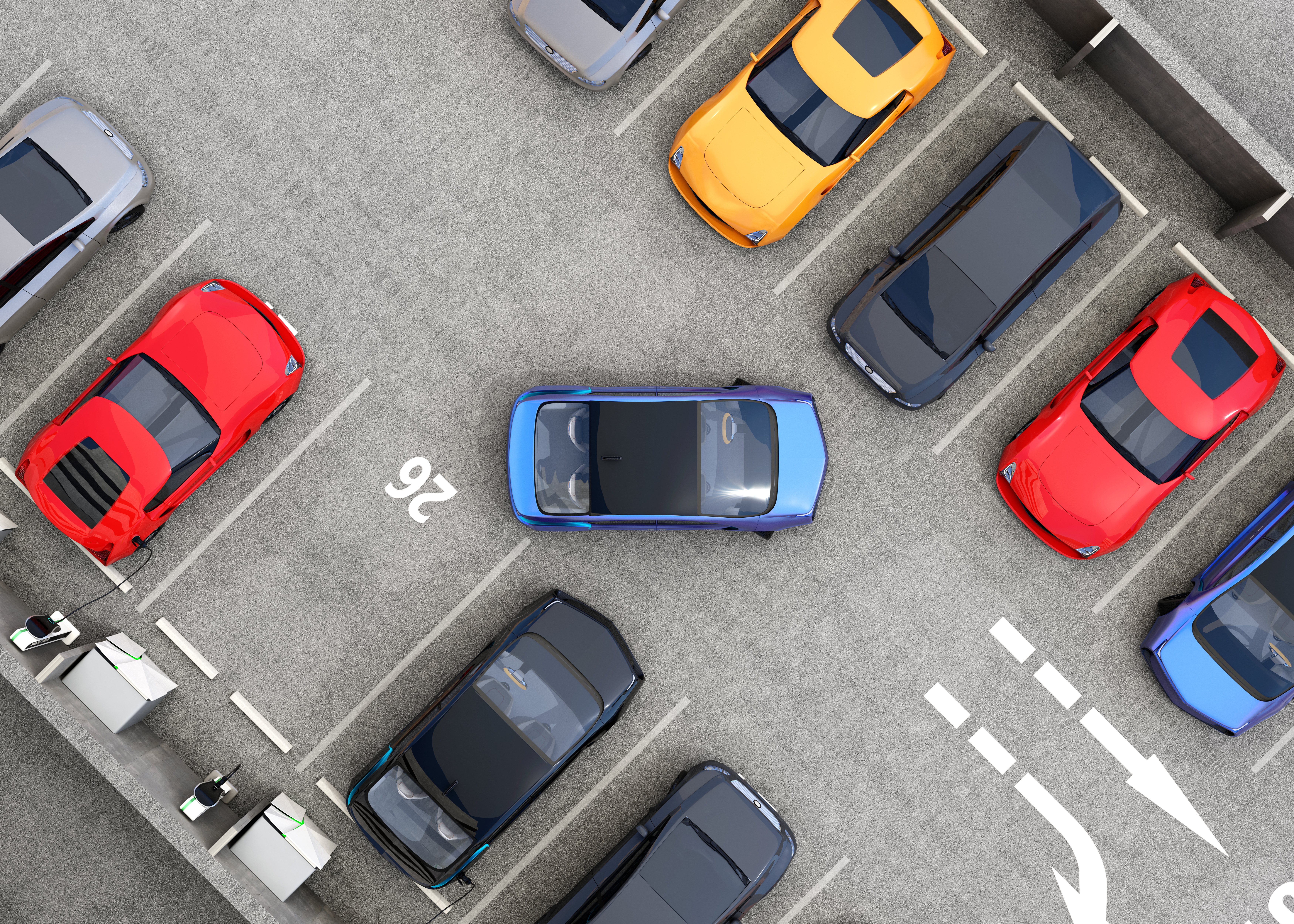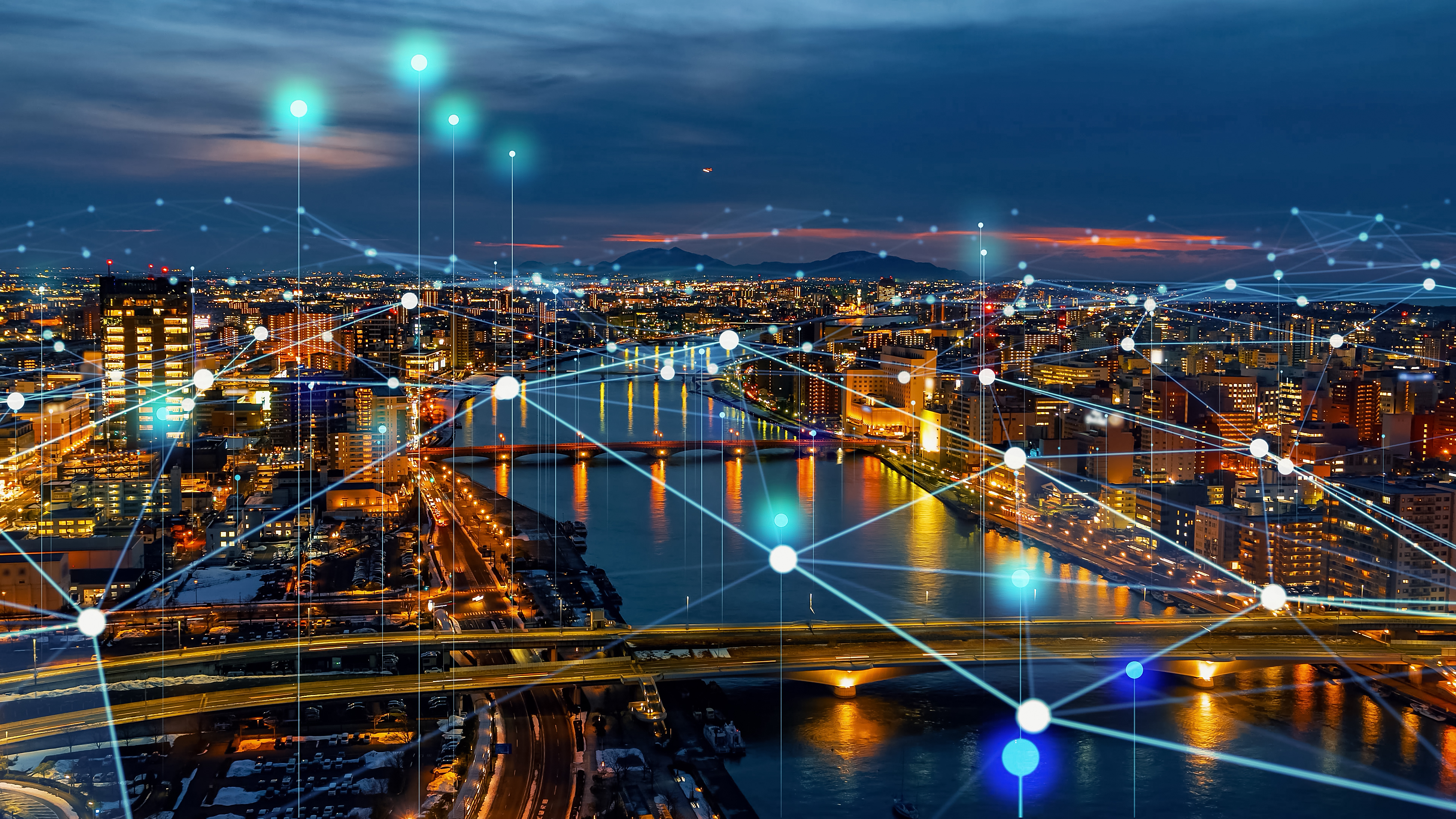Exploring the Benefits of IoT Tracking Sensors in Smart Cities
Smart city technology has advanced significantly in recent years, as sensors and other Internet of Things solutions continue to expand in both number and capability. As the concept of smart cities comes closer to reality, stakeholders have seen benefits ranging from better traffic and parking management to electric grid modernization.
In an era where urban spaces are increasingly converging with digital technology, smart cities have emerged as the new frontier of urban development. Central to these tech-driven cities are IoT tracking sensors, devices, and solutions that not only enhance city functionalities but also make life significantly easier for urban residents.
As cities worldwide invest in becoming “smarter,” it is worth delving into the benefits of these IoT tools. This article will provide a comprehensive look at the myriad advantages of employing IoT tracking sensors in smart cities.
What are IoT Tracking Sensors?
Before diving deep, it’s essential to understand the primary tools we’re discussing. IoT, or the Internet of Things, refers to the vast network of interconnected devices that communicate and transfer data over the Internet without requiring human-to-human or human-to-computer interactions.
IoT tracking sensors and devices are specialized tools within this network designed to monitor, record, and relay location-based data. From wearables that monitor a person’s health metrics to sensors in public transport that provide real-time location data, IoT tracking solutions are diverse and multifaceted.
Benefits of IoT Tracking Sensors in Smart Cities
At the heart of smart cities lies a complex network of sensors, including IoT tracking sensors. These sensors serve as the “nervous system” of the city, providing real-time data on various aspects of urban life. Here’s how IoT tracking sensors benefit smart cities:
Enhanced Public Transportation
The implementation of IoT tracking sensors in the realm of public transportation has completely revolutionized the way people commute in smart cities. These sensors enable buses, trains, and trams to provide real-time location updates. This not only ensures timely and efficient services but also empowers commuters to plan their journeys better.
By knowing the exact location and estimated arrival times of public transportation, waiting times are significantly reduced, making public transport a more attractive and practical option for residents. The result is not only a reduction in traffic congestion but also a positive impact on the environment due to a decrease in the number of individual vehicles on the road.
Efficient Waste Management
Imagine a city where waste management is not a hassle but a seamless, eco-friendly process. IoT tracking sensors have made this a reality. These sensors are capable of detecting when waste bins are nearing capacity, and sending real-time notifications to relevant authorities and waste collection services.
This data streamlines garbage collection processes, ensuring that collection trucks are dispatched only when bins are full, reducing unnecessary trips and operational costs. The end result is not only cleaner and more pleasant city streets but also a more cost-effective and environmentally friendly waste management system.
Improved Traffic Flow
Traffic congestion is a constant challenge in urban environments. However, the integration of IoT tracking sensors is changing the game. These sensors provide invaluable insights into traffic patterns, peak congestion times, and common bottleneck areas.
City planners and transportation authorities can use this data to inform infrastructure projects, optimize traffic signal timings, and even guide drivers in real time to less congested routes. This means fewer hours wasted in traffic, reduced fuel consumption, and a significant improvement in overall transportation efficiency.
Efficient Parking Solutions
Parking is a notorious challenge in busy urban centers. The integration of IoT tracking sensors into smart parking systems has greatly improved the parking experience. These sensors guide drivers to available parking spots through real-time data.
Whether through dedicated apps or on-street displays, drivers can quickly and easily locate parking spaces, reducing the time and fuel wasted while searching for a parking spot. This convenience not only benefits residents but also enhances the economic vibrancy of city centers by encouraging more frequent visits.
Urban Planning and Development
City planners and developers now have a wealth of data at their disposal, thanks to IoT tracking sensors. This data is invaluable for making informed decisions about urban planning and development.
By analyzing the data gathered from these sensors, planners can identify areas of high foot traffic, allowing for more efficient design of public spaces, the allocation of resources, and the development of transportation infrastructure. This data-driven approach to urban development results in more organized and user-friendly cities.
Enhanced Safety and Security
Safety and security in a smart city are paramount. IoT tracking devices extend their functionality to urban safety and security as well. These devices can monitor areas with higher crime rates, track missing persons, or even detect unattended objects.
By keeping a vigilant eye on the urban landscape, IoT tracking sensors play a crucial role in swift responses to incidents and the prevention of potential threats. This heightened level of security contributes to residents’ peace of mind and the overall well-being of the city.
Optimized Energy Consumption
Efficient energy consumption is a core component of sustainable urban living. IoT tracking sensors, particularly in street lighting, have shown their potential to conserve energy. They can detect when certain areas of the city are vacant, and in response, dim or turn off lights.
This results in significant energy savings, reducing both operational costs and the city’s carbon footprint. By optimizing energy consumption in this manner, smart cities become more eco-friendly and cost-effective.
Health and Environment Monitoring
The ability of IoT tracking sensors to monitor various urban environmental metrics is an indispensable asset for smart cities. These sensors can measure air quality, noise pollution, UV radiation levels, and more.
With the data generated by these sensors, city authorities can take proactive measures to mitigate pollution, issue alerts during adverse environmental conditions, and guide urban development in a more environmentally conscious direction. This data-driven environmental management fosters a healthier and more sustainable urban environment.
Disaster Management
In times of natural disasters or emergencies, the importance of real-time data cannot be overstated. IoT tracking sensors are instrumental in providing city authorities with accurate and up-to-the-minute information. This data enables more efficient disaster response and resource deployment to protect residents.
From monitoring flood levels to predicting earthquake aftershocks, IoT tracking sensors enhance the city’s ability to respond swiftly and effectively to crises, potentially saving lives and reducing the impact of disasters.
Challenges and Considerations
IoT tracking sensors are revolutionizing urban landscapes, but their integration into city infrastructure isn’t without complexities. Here’s a succinct exploration of these challenges.
1. Data Security and Privacy
- Volume of Data: Immense data collection by IoT sensors increases vulnerability to potential breaches.
- Sensitive Information: Data, such as health metrics or location, can be exploited if mishandled.
- Regulations and Compliance: Adhering to regional data privacy rules, like Europe’s GDPR, can complicate IoT implementations.
2. Infrastructure Needs
- Initial Capital: Setting up a comprehensive IoT system demands significant financial resources.
- Interoperability: Devices from different manufacturers may have varying standards, posing challenges in ensuring harmonious functioning.
- Network Robustness: Continuous data transmission necessitates reliable and widespread internet connectivity.
3. Maintenance and Upgrades
- Continuous Monitoring: Any sensor malfunction can significantly disrupt city operations, demanding real-time monitoring.
- Technological Evolution: Keeping up with the rapid tech advancements requires cities to frequently update their IoT systems.
- Skill Development: Operating these systems requires specialized skills, leading to potential training or hiring needs.
Looking Ahead
The integration of IoT tracking solutions in smart cities holds great promise for enhancing urban life quality, sustainability, and efficiency. As technology evolves and as cities continue to learn from their initial implementations, the relationship between smart cities and IoT tracking devices will only strengthen.
The journey towards smarter, more responsive urban spaces is long, but with tools like IoT tracking sensors, the future looks bright, connected, and incredibly efficient. As more cities recognize the potential of these tools, the urban landscapes we’re familiar with will undoubtedly undergo transformative changes, making them more in tune with their inhabitants’ needs and the environment.
In conclusion, IoT tracking sensors, devices, and solutions are not just technological novelties; they are the backbone of the future urban experience, promising cities that are not just smarter but also more humane and sustainable.
This article was written by Syed Qasim | CEO IQ Newswire from TechBullion and was legally licensed through the DiveMarketplace by Industry Dive. Please direct all licensing questions to legal@industrydive.com.
![]()


